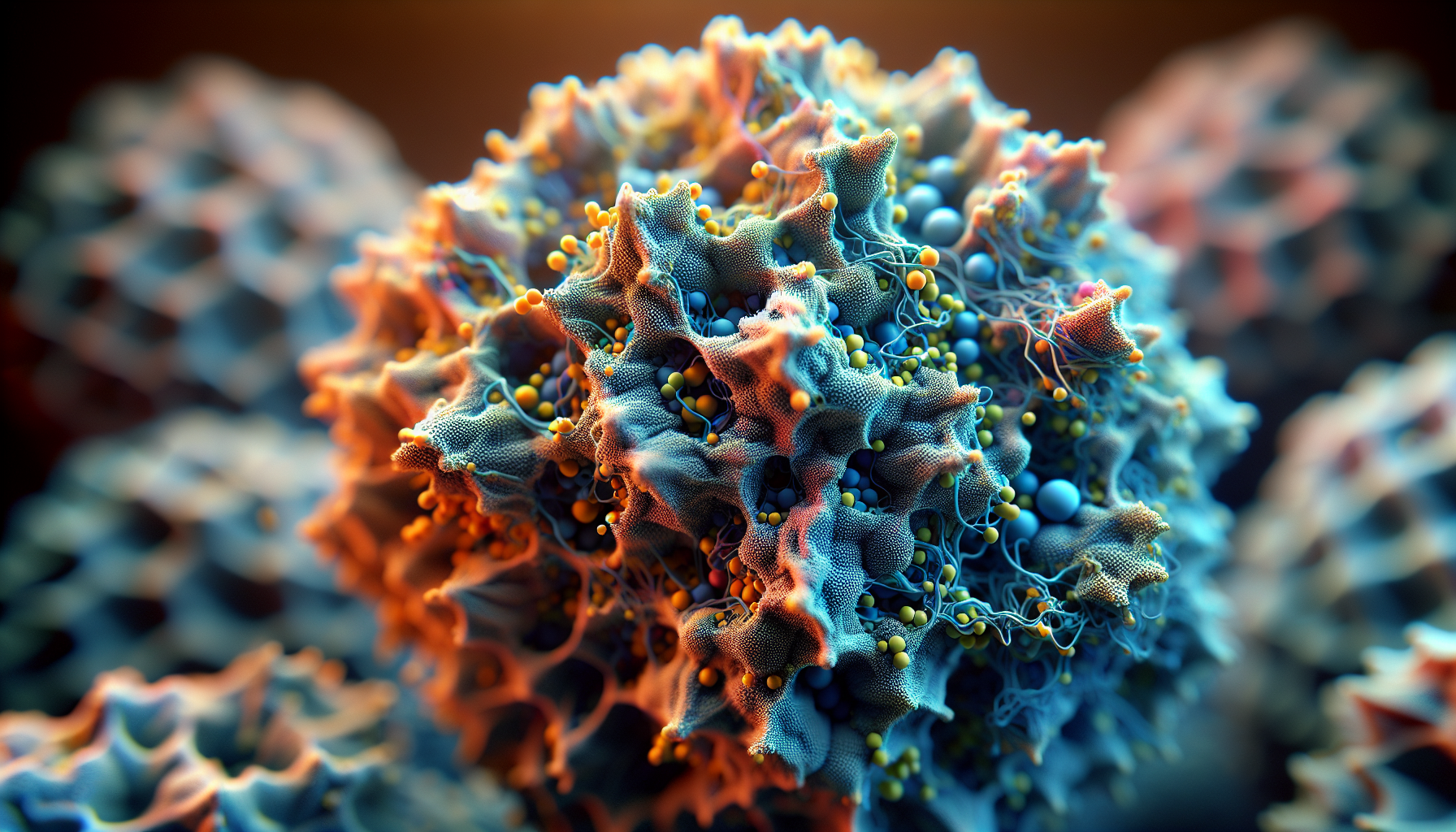Recent years have witnessed remarkable advancements in the field of nanoparticle research, which continually revolutionize numerous scientific and industrial domains. These minuscule entities, ranging from 1 to 100 nanometers in size, exhibit unique properties that make them indispensable across various applications, from medicine to materials science. Here, we delve into the trailblazing methods of synthesis and explore the burgeoning potential applications of nanoparticles.
Innovative Methods of Synthesis
The synthesis of nanoparticles has always been a challenging aspect due to the need for precise control over size, shape, and composition. Traditional methods, though effective, often come with limitations such as high costs, potential environmental hazards, and complex procedures. However, recent breakthroughs have paved the way for more efficient and sustainable synthesis techniques.
Green Synthesis
One notable advancement is the development of green synthesis methods, which utilize environmentally benign materials and processes. By employing natural resources such as plant extracts, microorganisms, and biopolymers, researchers have been able to produce nanoparticles without the need for toxic chemicals. For instance, the use of plant extracts in the reduction of metal ions to their respective nanoparticles is an approach that not only minimizes environmental impact but also offers a cost-effective and scalable solution.
Microwave-Assisted Synthesis
Another innovative method gaining traction is microwave-assisted synthesis. This technique utilizes microwaves to provide energy for the chemical reactions needed to produce nanoparticles. The primary advantage of this method is its rapid synthesis time, often reducing the process from hours to mere minutes. Furthermore, microwave-assisted synthesis can offer better control over particle size distribution and morphological characteristics.
Magnetic Nanoparticles
In the realm of magnetic nanoparticles, advancements towards achieving high stability and biocompatibility have opened new avenues for medical and industrial applications. Techniques such as co-precipitation, thermal decomposition, and hydrothermal synthesis have been refined to produce nanoparticles with tailored magnetic properties, crucial for applications in magnetic resonance imaging (MRI) and targeted drug delivery.
Expanding Applications
As the methods of synthesis evolve, so too do the potential applications of nanoparticles. Their unique physical and chemical properties position them as pivotal components in a broad array of cutting-edge technologies.
Medicine and Healthcare
In the medical field, nanoparticles are causing a paradigm shift in diagnostics and treatment. Quantum dots, for instance, are being explored for use in advanced imaging techniques, providing higher resolution images at a cellular level. Similarly, nanoparticles are key in the burgeoning field of targeted drug delivery. By attaching therapeutic agents to nanoparticles, it is possible to target specific cells or tissues, thereby increasing the efficacy of the drugs and reducing side effects.
Environmental Applications
Environmental remediation is another field benefiting from nanoparticle research. Nanoparticles, with their high surface area to volume ratio, are employed in the extraction and neutralization of pollutants. For example, nano-scale zero-valent iron (nZVI) particles are utilized to treat contaminated groundwater, effectively breaking down pollutants into harmless compounds.
Energy Storage
In the realm of energy, nanoparticles are playing a crucial role in the development of next-generation batteries and fuel cells. Nanostructured materials are being investigated for their potential to enhance the performance of lithium-ion batteries, offering higher energy densities and faster charging times. Additionally, nanoparticles are key in the quest to develop more efficient catalysts for fuel cell technology, which could lead to cleaner and more sustainable energy sources.
Conclusion
The rapid advancements in nanoparticle research underscore the importance of continued exploration and innovation in this field. New methods of synthesis not only make the production of nanoparticles more efficient and environmentally friendly but also open up vast new possibilities for their application. From medicine and environmental science to energy storage and beyond, nanoparticles hold the potential to transform our world in unprecedented ways. As research progresses, the next few years promise to bring even more revolutionary breakthroughs, driving us towards a future where the boundaries of what is possible continue to expand.
